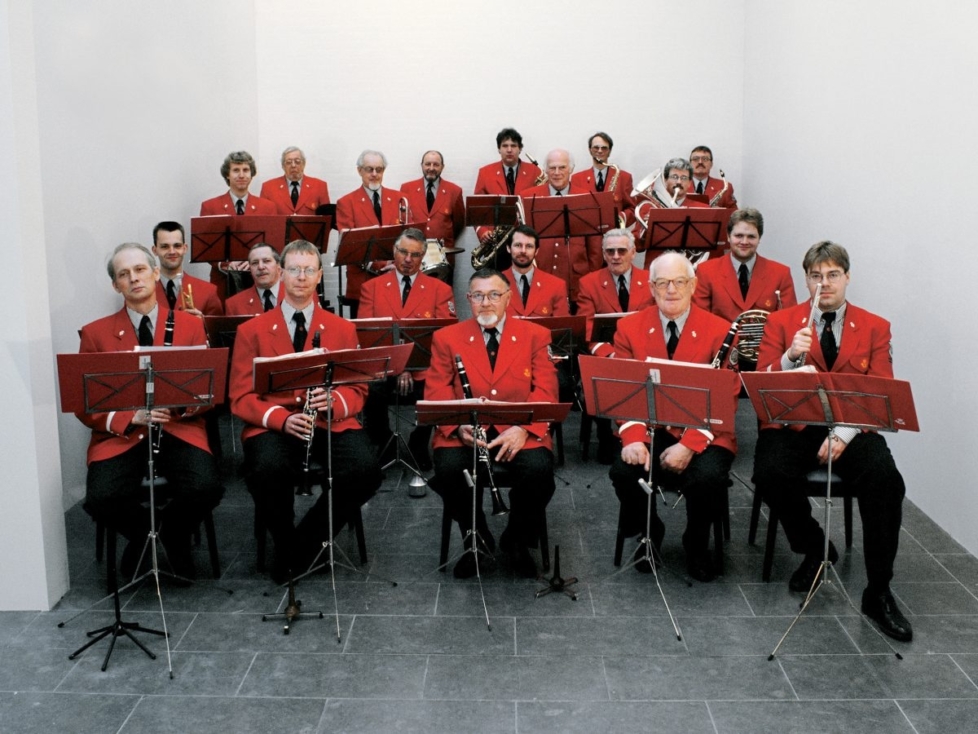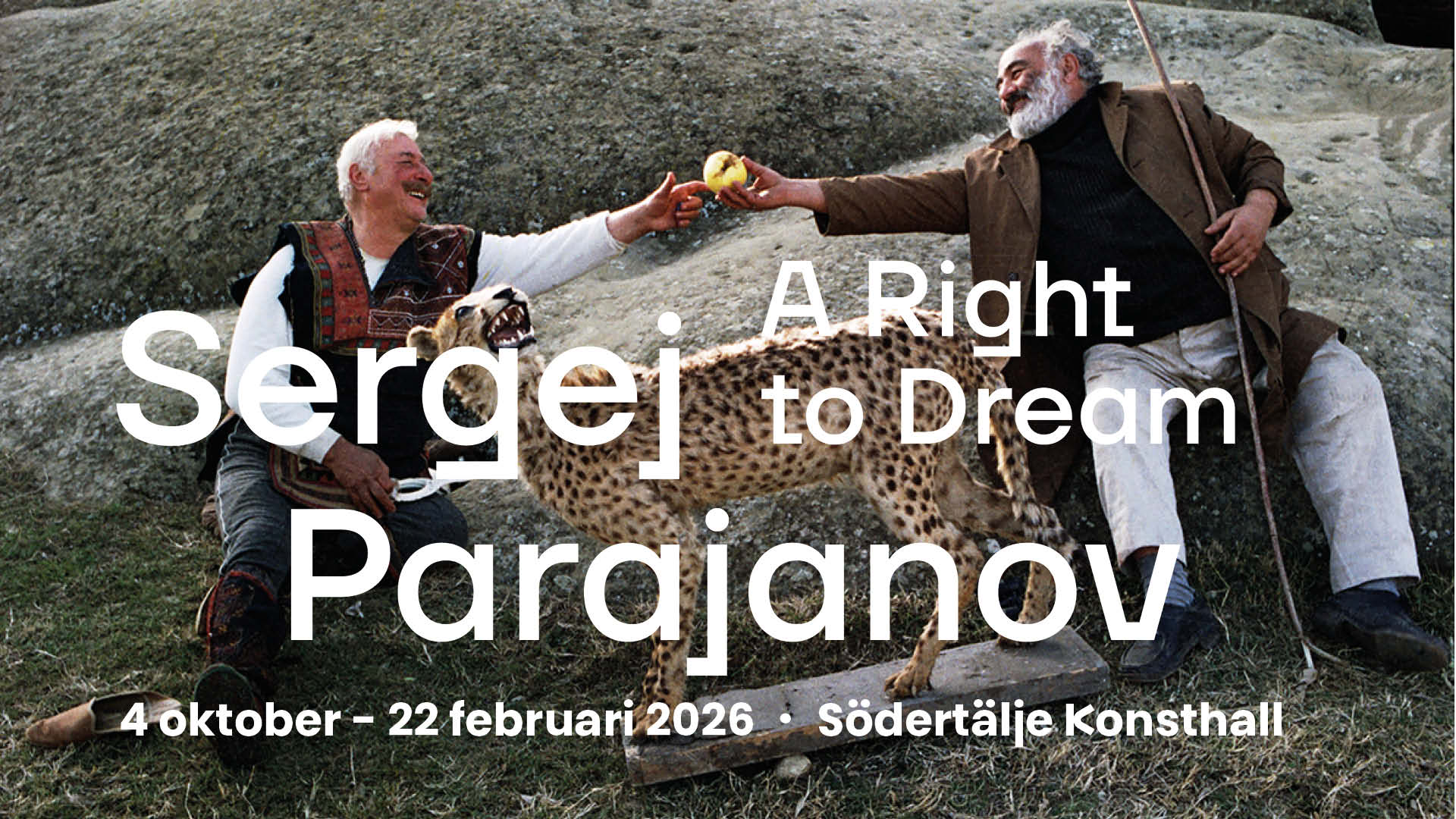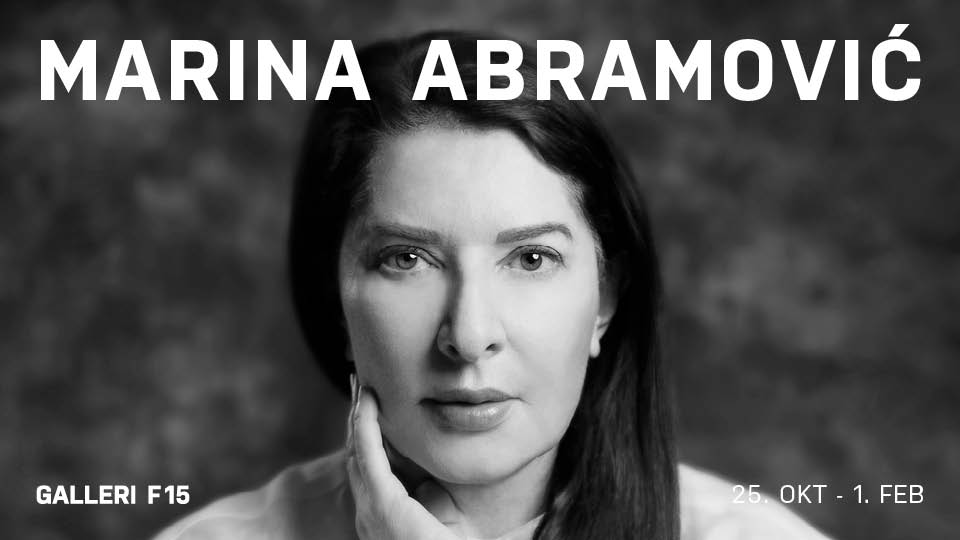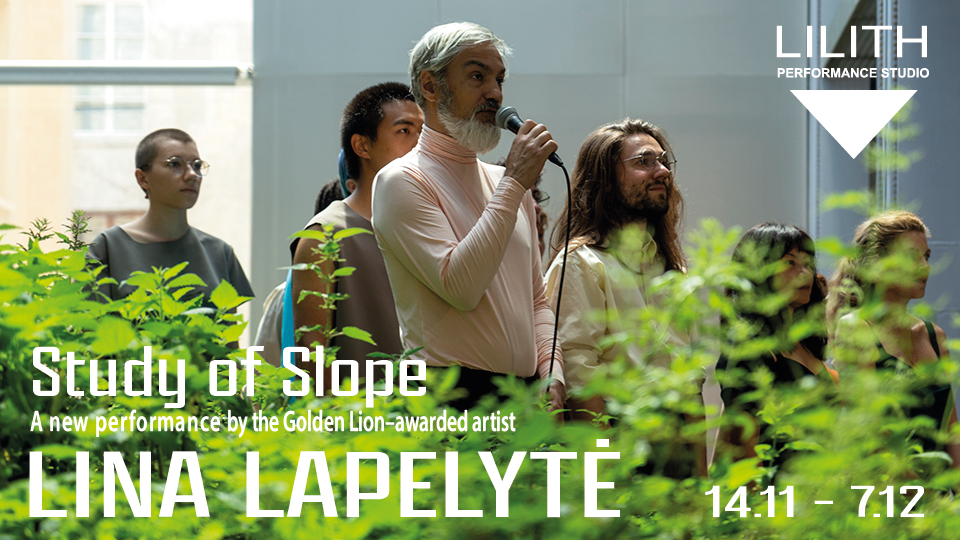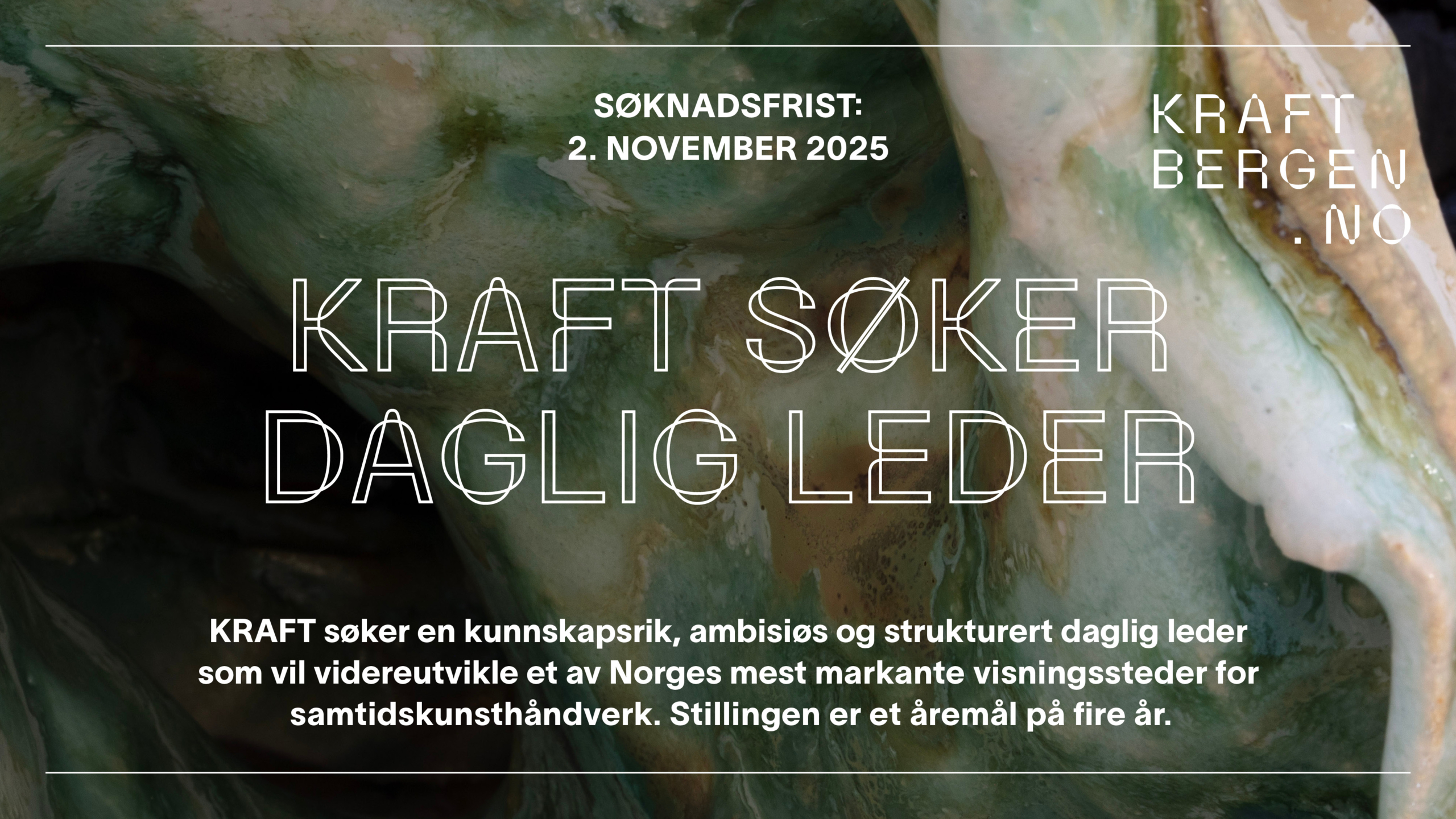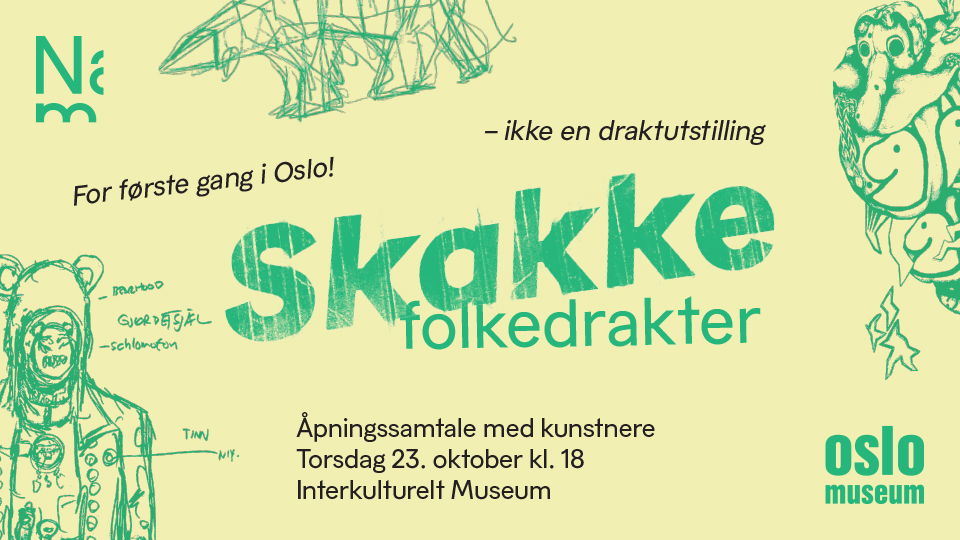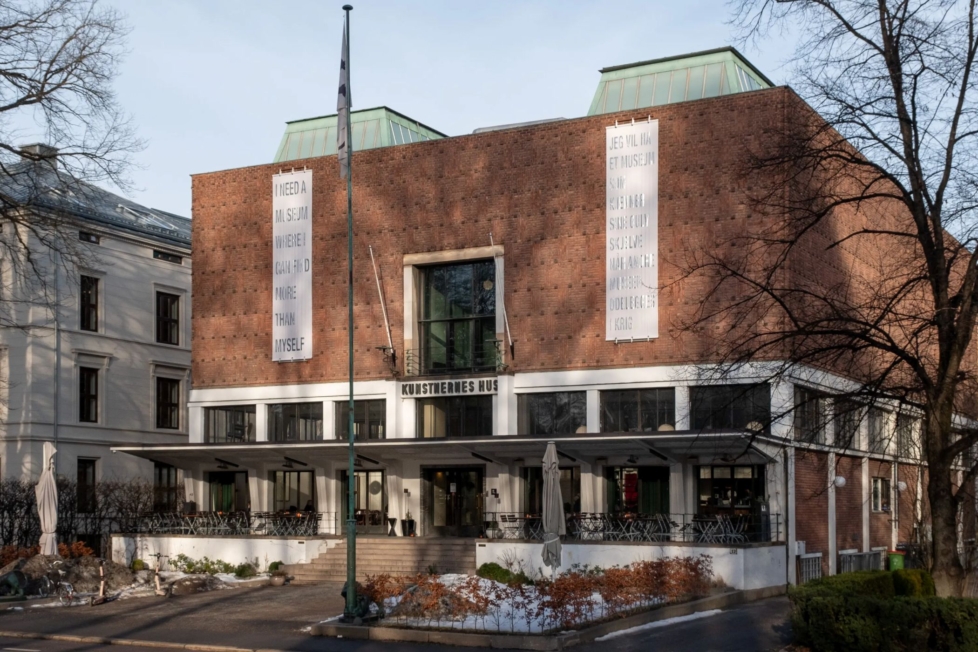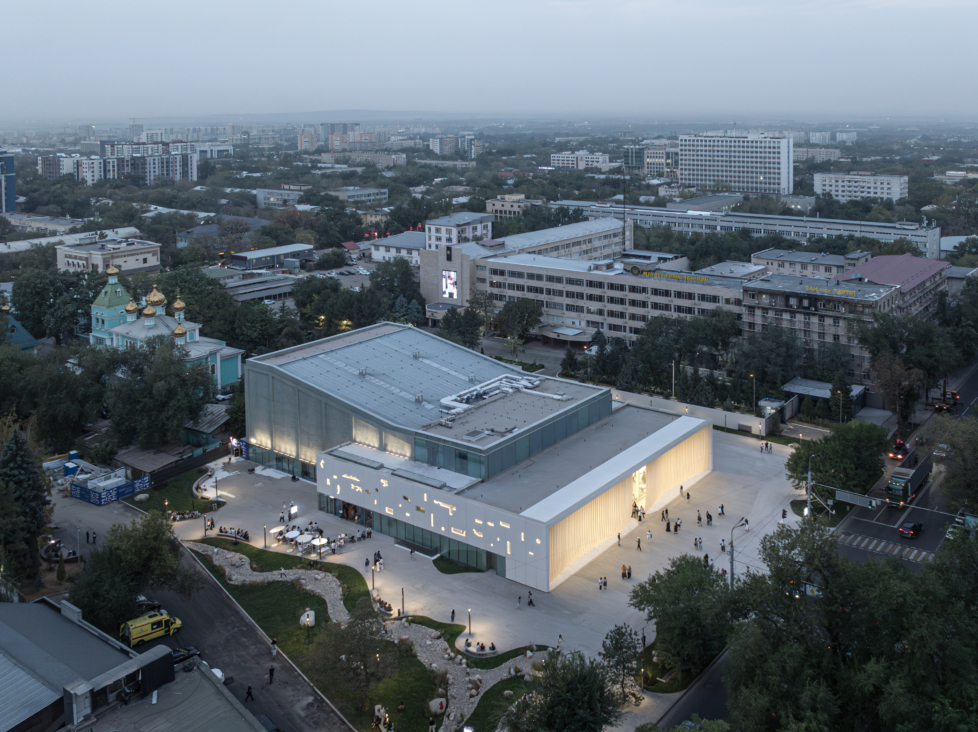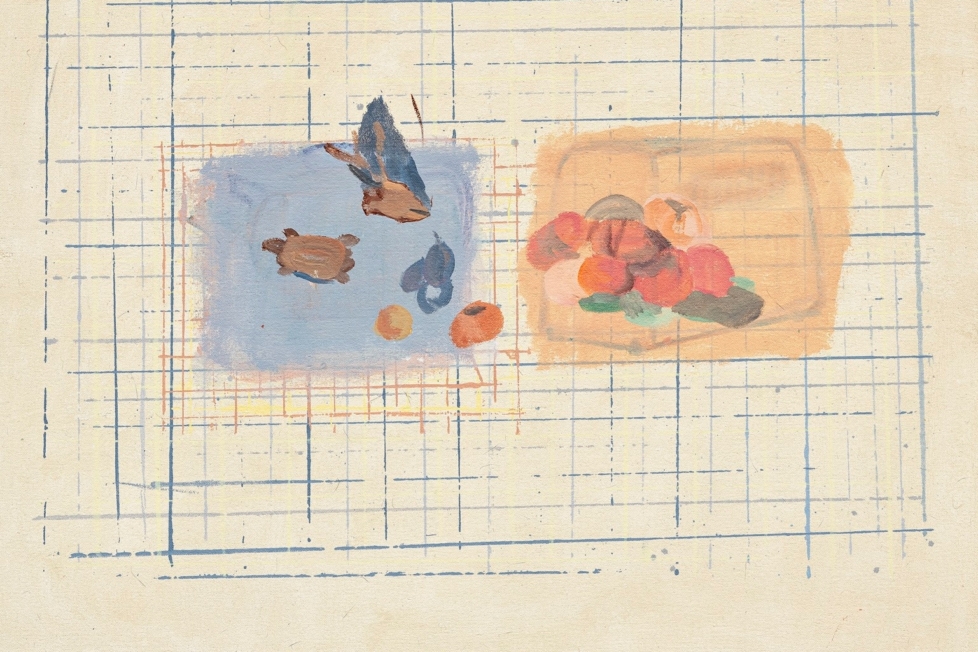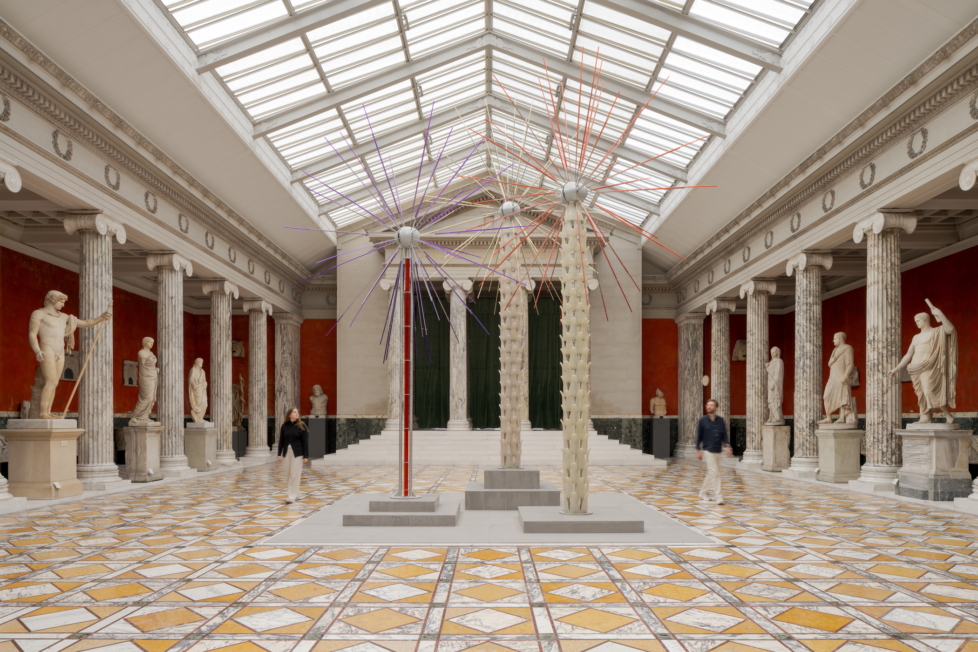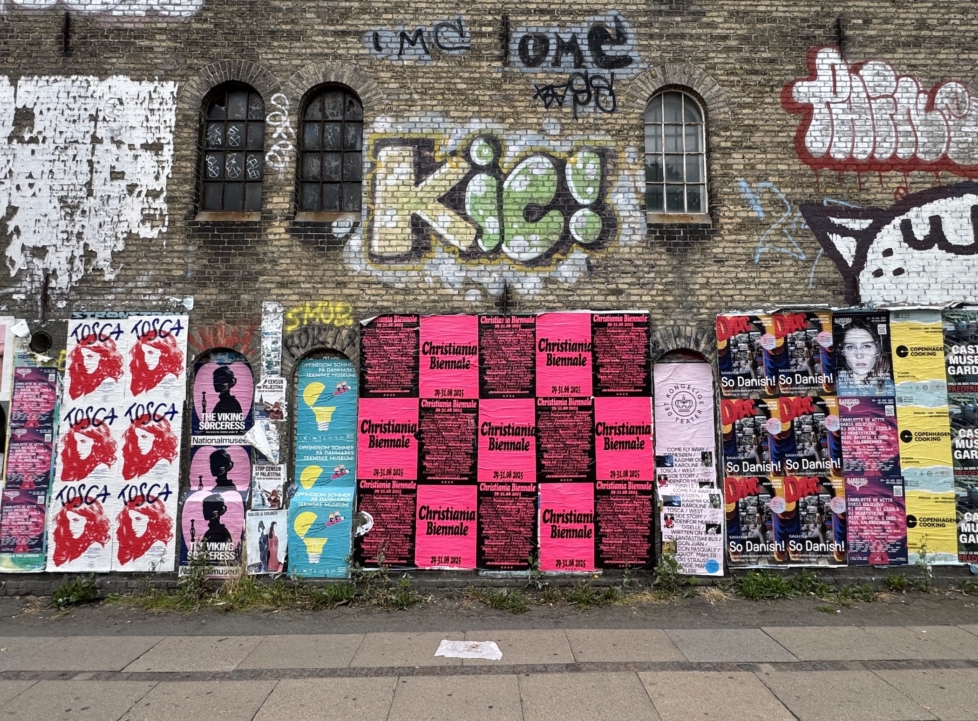
The art season begins earlier in Denmark with each passing year. And the reason behind this reshuffling of the calendar is not hard to pinpoint. The art fairs Chart and Enter are taking over Copenhagen this weekend, prompting the city’s galleries to open their first exhibitions in the preceding weeks. This eats away at the summer break still typically upheld on the rest of the European art scene, lasting at least until September. But in a nation steeped in Protestant work ethic, everyone is always ready to roll up their sleeves.
It’s a point of a principle for me that my personal season opening should not be the fairs. I prefer to engage with the scene in other ways first. This year, doing so was not difficult. Several of the exhibition venues’ discursive programmes reported early.
Back at the beginning of August, I attended a conversation at O-Overgaden between artist Hannah Heilmann and the artist exhibiting at the venue at the time, Birke Gorm. They spoke about reusing discarded cardboard boxes from a post office and soon went on to discuss what an exhibition really is. My heart swelled as I was reminded why I am in this business, one that can make twenty-five people show up on a rainy Sunday to engage in collective thinking about an exhibition shown on the floor above everyone’s heads.
Heilmann’s relevant and genuinely interested questions to her fellow artist took me back to the critique classes I attended while she was associate professor at the Royal Danish Academy of Fine Arts in Copenhagen. She just left, after ten years on the post. We always get a flurry of articles when the National Gallery of Denmark appoints a new director, but no one writes about a departing teacher who gave the scene a crucial injection of vital enzymes. I am convinced that we have Heilmann to thank for a distinctive, delicately filigree-like sensibility found on the young Copenhagen scene.
Speaking of what creates a scene, we can of course simply scroll through the autumn programmes of various venues and museums to see what is going on. The exhibition featuring Danish-Palestinian artist Larissa Sansour, opening in September at Kunsthal Charlottenborg, will quite certainly wedge its way into the scene’s ongoing conversation about the unfathomable tragedy in Gaza. Similarly, Louisiana’s presentation of Jon Rafman’s Nine Eyes of Google Street View – based on images harvested by Google’s army of hybrid cars across our entire planet – will be seen in light of current discussions on technology and its problematic impact on our lives.
But such exhibitions simply would not be the same without a scene to bind it all together. Sometimes, things really go completely awry. Such as when institutions import international names who are neither connected to the scene nor – worse still – seem to arouse any genuine interest from the institution itself. Faced with such exhibitions, art critics sometimes get the feeling that our purpose on this earth is to wrap things up nicely, bow and all – to provide a kind of public service that the institution itself cannot be bothered to supply. In such cases, I am reminded of what I am not in this business for.
Den Frie Centre of Contemporary Art continues to take the curated group show seriously as a discipline. As a result, we have been able to form a fairly good impression of the issues close to its curators’ hearts. This autumn, Laura Gerdes-Miranda’s exhibition Maybe we could both belong steps forward to challenge the idea that feelings are just private or subjective experiences: they are also collective forces shaping our shared reality. The list of artists includes Ghislaine Leung, Aia Sofia Coverley Turan, Jasleen Kaur, P. Staff and Kirsten Lockenwitz. And speaking of being grounded in the scene: the exhibition title is inspired by a song by the Copenhagen band Haloplus+.
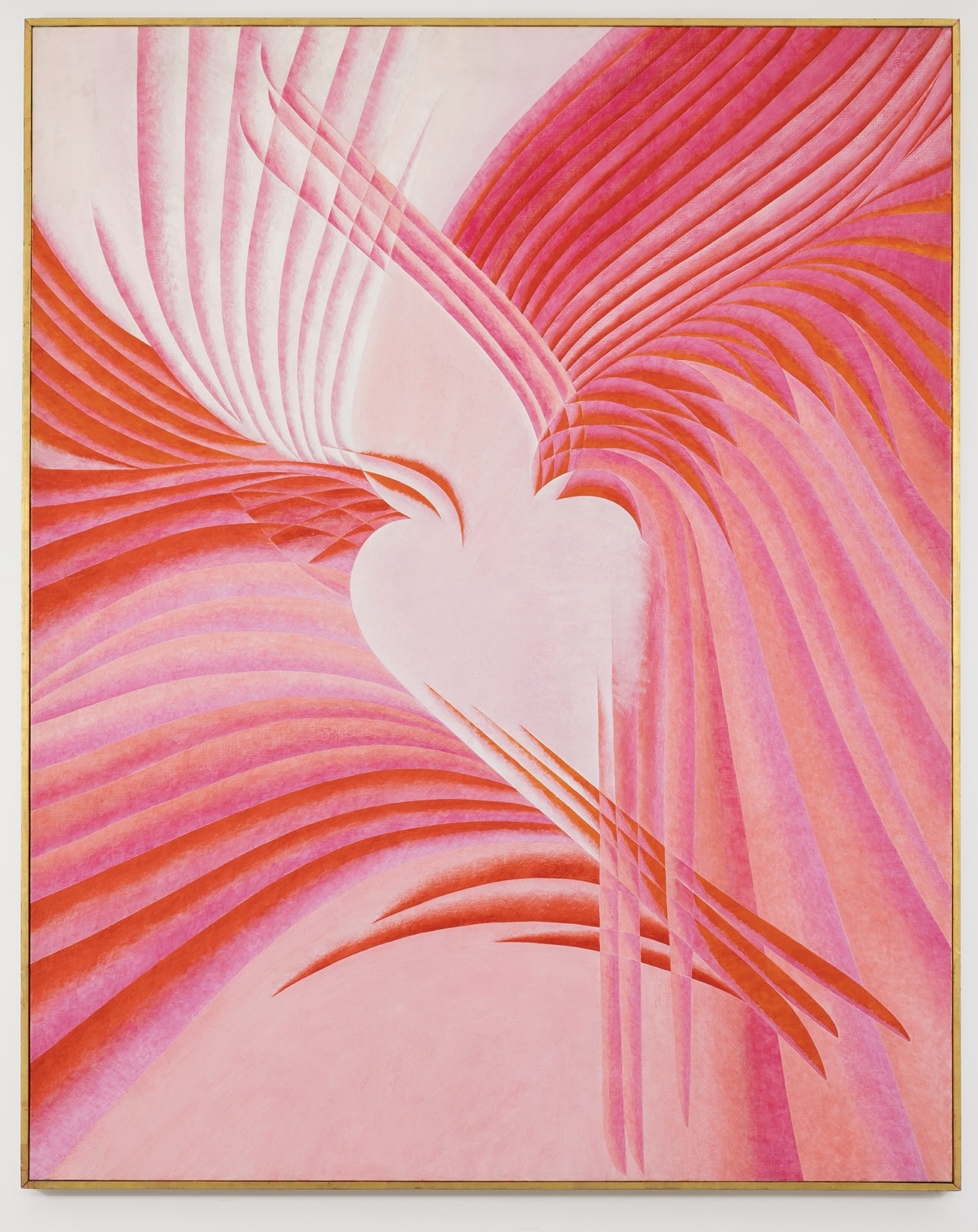
In recent years, Denmark has seen a flurry of new art venues (Copenhagen Contemporary, Spritten, Kongegaarden, Kunsthal N, Kunsthal 44 Møn, Kunsthal Thy, etc.). Now, it appears that we are seeing a similar streak of new foundations.
Fake Foundation launched this spring, and is already connected with several current exhibitions. The latest addition to the array of foundations is the Ole Faarup Art Foundation. The Danish collector, who passed away earlier this year, decided many years ago that upon his death his art collection should be sold and the proceeds transferred to a foundation to support Danish artists under the age of 50. The board was appointed quite some time ago, and its first task is to put the collection up for auction this autumn. On an increasingly active art scene – not least due to the booming number of new institutions – there is a need for many different types of patrons, donors, and supporters, both private and public. Fortunately, the new foundations each do things in their own way.
A diverse perspective can be similarly applied to the freetown of Christiania, which for decades was dominated by a single monoculture in terms of its visual art: hippie formalism meets dull cannabis culture. Not until 2019 – half a century after the freetown’s founding – did born-and-bred Christiania child Ann Sophie von Bülow succeed in shaking things up with exhibitions at Byens Lys, Ugespejlet, Den Grønne Hal and other Christiania institutions. These events were among the most stimulating on the art scene in those years, even if they were – for reasons involving Christiania’s bureaucracy and gangster warfare – mostly for insiders only. The situation is quite different for the Christiania Biennale, which opens this weekend.
Never has the freetown changed so much in so short a time as when the hash trade was banished from its premises last summer. Before then, it would have been unthinkable to do what the biennale is now doing: installing Nina Beier’s lion sculptures in what is still called Pusher Street, yet is now mostly just an ordinary road, often empty of people.
No one can lament the fact that the worst predators have left the neighbourhood. At the same time, I am anxious about what the future will bring. If violence is the dominant force, capitalism is the ugly little sister following right behind. I still fear that one day I will enter Pusher Street only to discover that a Joe & The Juice has opened there. Still, part of the charm of Christiania is that nothing is simple and straightforward there. Least of all when you want to stage a biennale. Fortunately, the captains at the helm of the endeavour, Anna Gunvor Hyttel and Johan Bech Jespersen, seem to understand that the pot must be stirred in a messy way by plenty of cooks going full throttle with multiple concurrent exhibitions, debates, music, parties, graffiti, and performance.
For a journal like Kunstkritikk, it is a particular pleasure to see certain articles have lasting impact, as has happened with ‘Mood over Content’ by Kristian Vistrup Madsen, which now serves as the basis for ‘Mood Curriculum’, a collaboration with the Copenhagen exhibition venue Simian. Over the course of the autumn, several of the artists and curators mentioned in the essay will take part in a series of events and podcasts conceived by Vistrup Madsen.
If the successful first seminar, which took place two weeks ago, is anything to go by, we are in for a promising season. Fatima Hellberg – the new director of mumok in Vienna – spoke about how she conceives and thinks about exhibitions. I cannot remember the last time this subject was taken up in such an invigorating way in a Danish context. Curators talking about art, about how they engage with it and live with it – yes please! It’s also been a while since I last discussed a seminar so extensively and with so many people from different generations as I did in the days afterwards. Perhaps because the message was as fresh as it was a return to the roots – to a time before a fully commercialised art scene.
The next event takes place this coming Saturday. We can only hope that, with a title like ‘Art and deprofessionalisation’, it will address what we can actually do. It’s a fantastic way to start the season. If we are lucky, this will mark the beginning of a comprehensive conversation (on the Danish and European scenes alike) – and if all goes well, one day we will look back on the 2020s and see that the winds of change started blowing roughly in the middle of the decade.
